Winterizing your garage door is an essential task to ensure its functionality, efficiency, and longevity during the colder months.
A properly winterized garage door can help you save on energy costs, protect your belongings from the elements, and prevent costly repairs. Here’s a comprehensive guide to help you prepare your garage door for winter.
Table of Contents
Inspect and Clean the Door
1. Visual Inspection
Begin by thoroughly inspecting your garage door for any signs of wear and tear. Look for cracks, gaps, or rust on the Door Panels, and check the hardware for any loose or damaged components. Pay close attention to the weather stripping along the bottom and sides of the door.
2. Clean the Door
Clean your garage door to remove dirt, grime, and debris. Use a mild detergent mixed with water and a soft brush or sponge. Rinse with a hose and allow it to dry completely. Cleaning not only improves the door’s appearance but also ensures that it operates smoothly.
Lubricate Moving Parts
1. Importance of Lubrication
Cold weather can cause metal parts to contract and seize up, leading to noisy or stiff operation. Lubrication helps keep all moving parts working smoothly, reducing wear and tear.
2. Lubrication Process
Apply a high-quality, non-silicone-based Lubricant To The Garage Door’s hinges, rollers, tracks, and springs. Avoid using heavy grease, as it can attract dirt and debris. Lubricate the parts sparingly, ensuring an even coating for optimal performance.
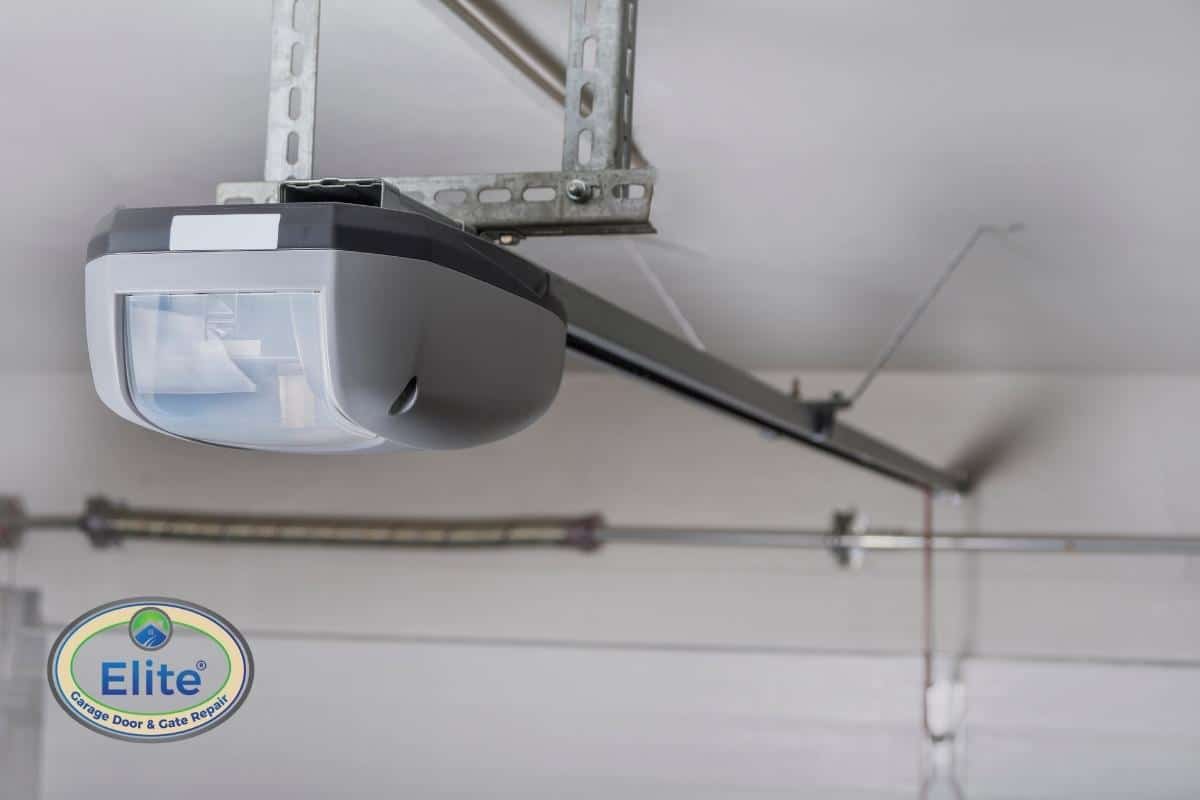
Lubricate Moving Parts
Insulate the Garage Door
1. Benefits of Insulation
Insulating your garage door can help maintain a stable temperature inside the garage, making it more energy-efficient and comfortable. It also protects your car and other belongings from extreme temperatures.
2. Insulation Methods
- Insulation Kits: Purchase a garage door insulation kit from a hardware store. These kits usually include pre-cut panels that fit between the door’s panels.
- Reflective Foil Insulation: Attach reflective foil insulation to the inside of your garage door. This material reflects heat, helping to keep the cold out and the warmth in.
- Foam Board Insulation: Cut foam board insulation to fit the door’s panels and secure them with adhesive. Foam boards offer excellent thermal resistance.
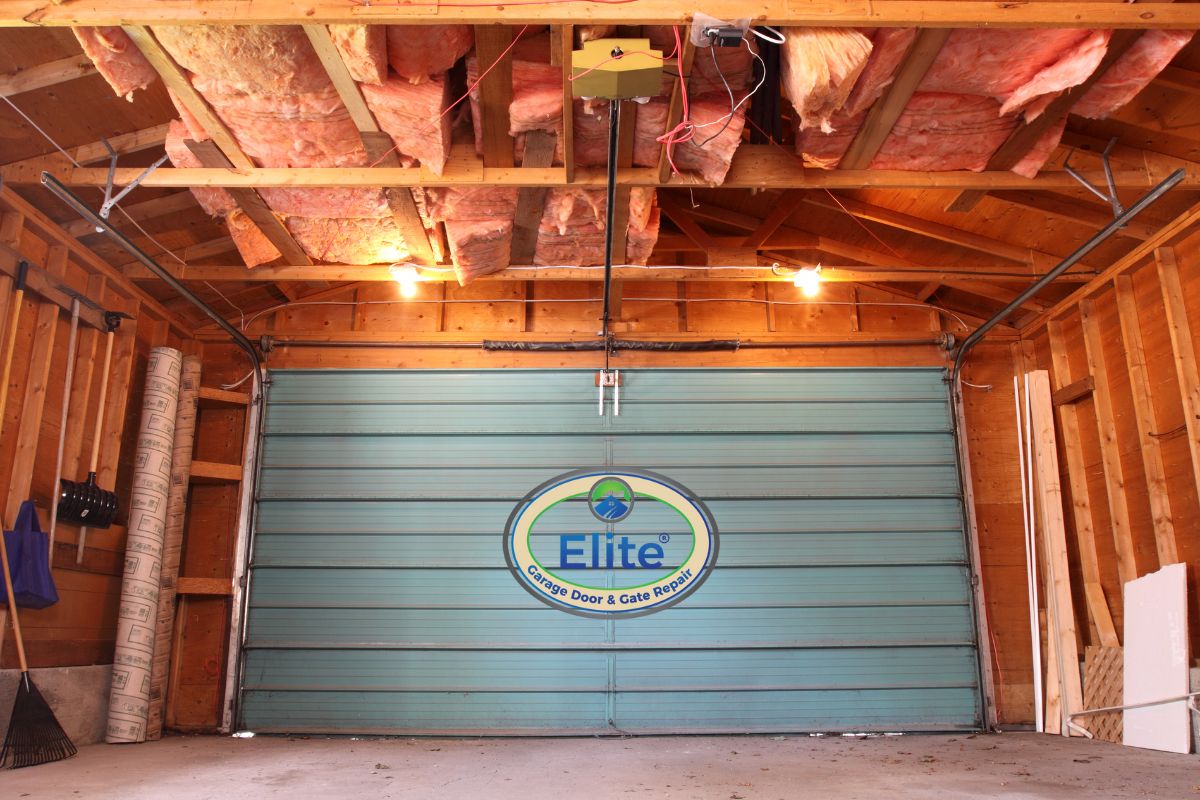
Insulate the Garage Door
Seal the Gaps
1. Inspect and Replace Weather Stripping
Check the weather stripping along the bottom and sides of your garage door. If it’s cracked, brittle, or missing, replace it with new weather stripping. Proper sealing prevents cold air, snow, and rain from entering the garage.
2. Install a Bottom Seal
Install a new bottom seal if the existing one is worn out. Bottom seals help create a tight barrier between the garage door and the floor, preventing drafts and moisture from entering.
Check and Adjust the Door’s Balance
1. Importance of Balance
A balanced garage door operates smoothly and puts less strain on the opener. An unbalanced door can lead to mechanical issues and increase energy consumption.
2. Balance Check
Disconnect the garage door opener and manually lift the door halfway. If it stays in place, it’s balanced. If it moves up or down, it’s unbalanced and may need professional adjustment.
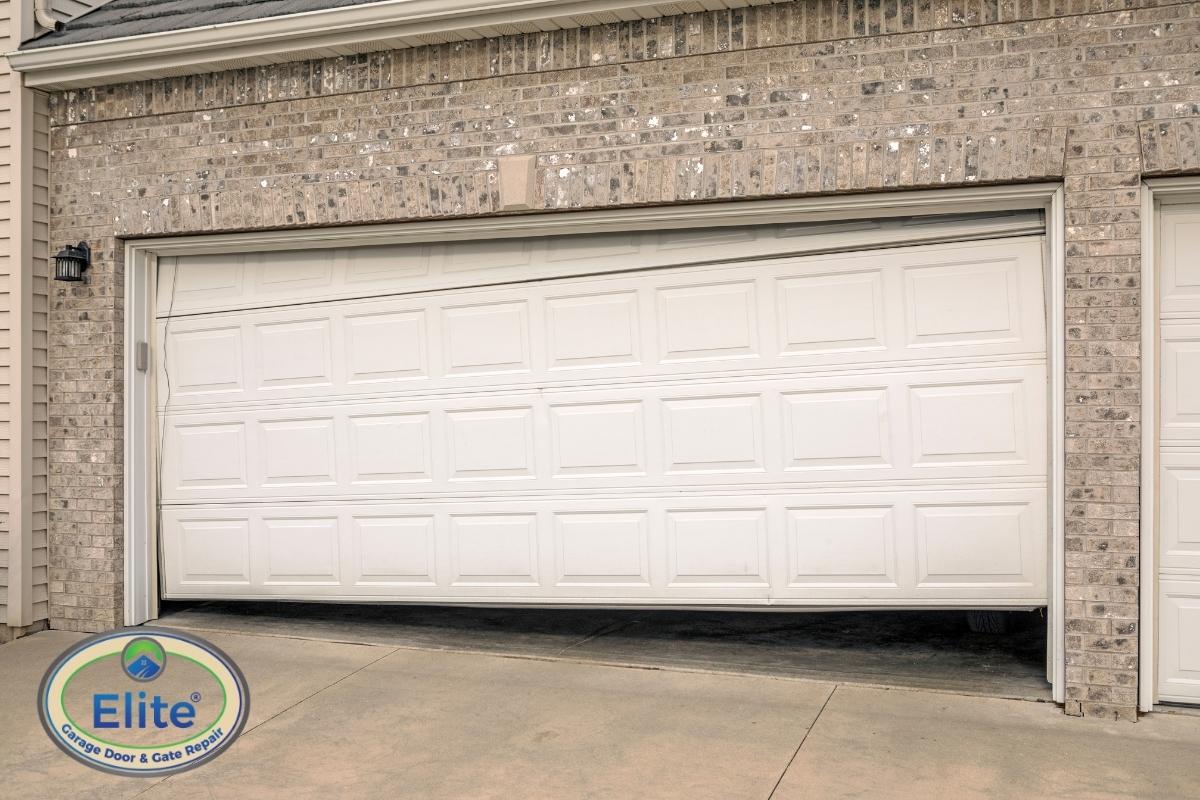
Check and Adjust the Door’s Balance
Prepare the Opener
1. Test the Auto-Reverse Feature
Ensure the auto-reverse feature of your Garage Door Opener is working correctly. Place an object, like a piece of wood, in the door’s path and close it. The door should automatically reverse when it touches the object. This safety feature is crucial, especially in winter when ice and snow can interfere with door operation.
2. Backup Power Supply
Consider investing in a backup power supply for your garage door opener. Winter storms often cause power outages, and a backup power source ensures you can still operate the door.
General Maintenance Tips
1. Tighten Hardware
Inspect all nuts, bolts, and screws on the garage door and tighten any that are loose. This helps maintain the door’s structural integrity and ensures smooth operation.
2. Clean the Tracks
Clear the tracks of any debris or obstructions. Use a damp cloth to wipe them down and ensure they are free of dust and grime. Clean tracks facilitate smooth and quiet door movement.
3. Test the Door
Finally, test the garage door’s operation after completing all maintenance tasks. Open and close the door several times to ensure it moves smoothly and quietly.
Conclusion
Winterizing your garage door is a straightforward process that can save you time, money, and headaches during the colder months. You can ensure it operates efficiently and effectively all winter by inspecting, cleaning, lubricating, insulating, and sealing your garage door.
Regular Maintenance enhances the door’s performance and extends its lifespan, providing a reliable and secure entryway to your home. Take the time to winterize your garage door properly, and enjoy a warm, safe, and efficient garage all winter.


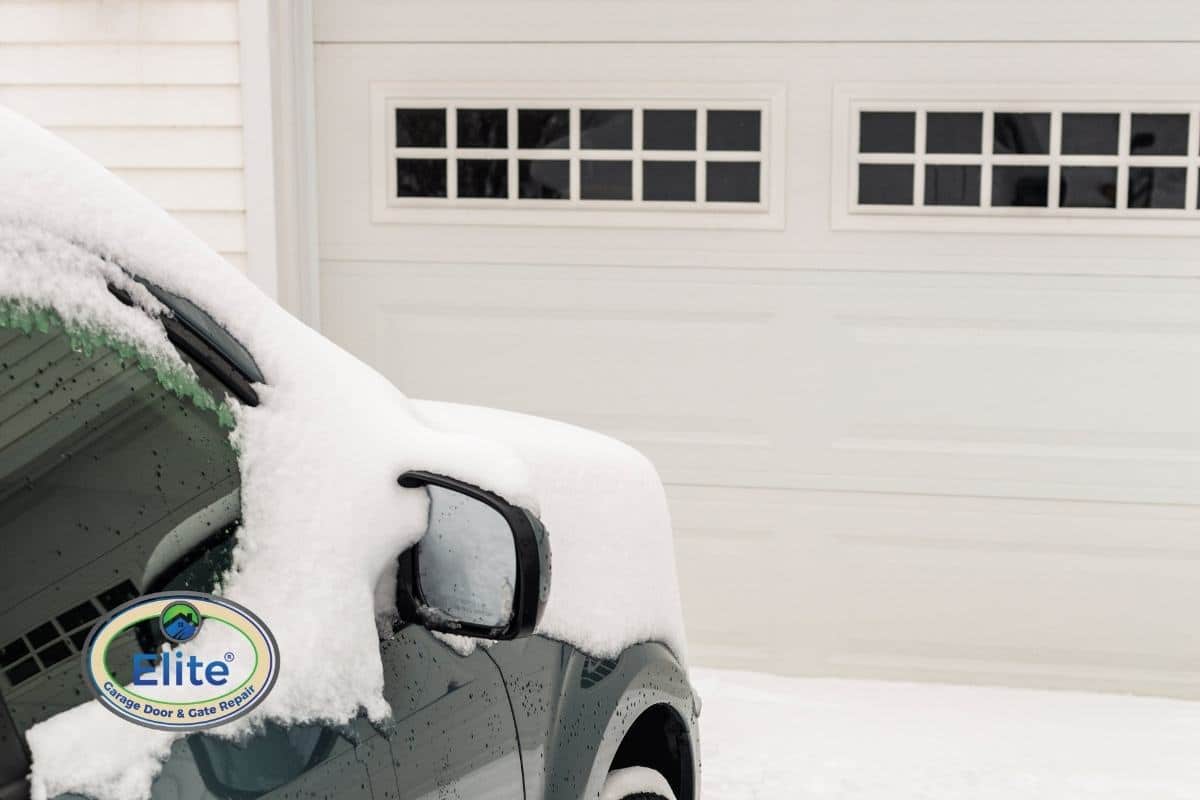
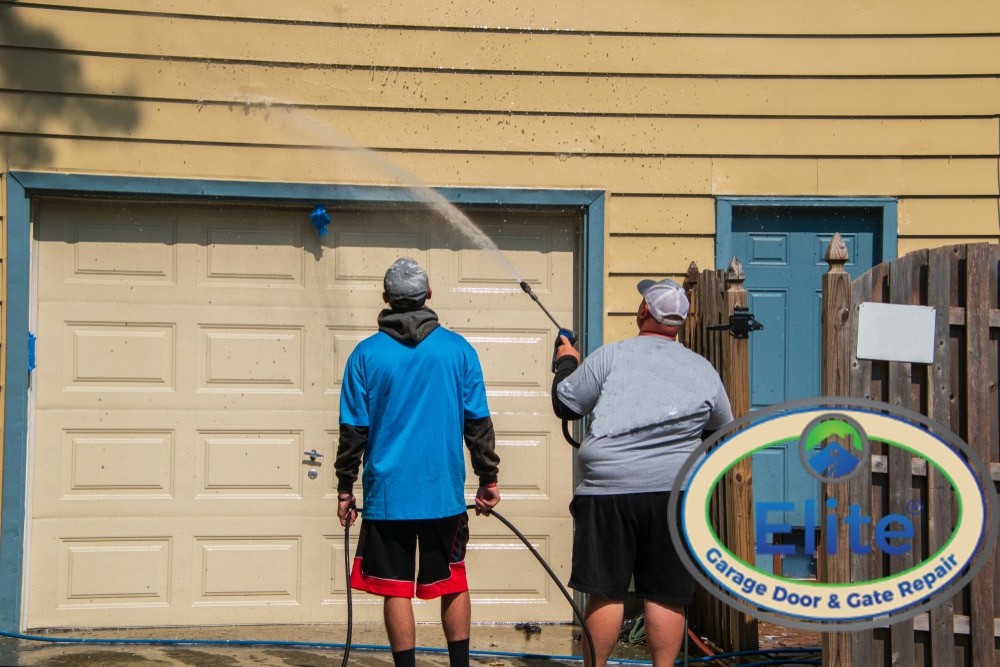
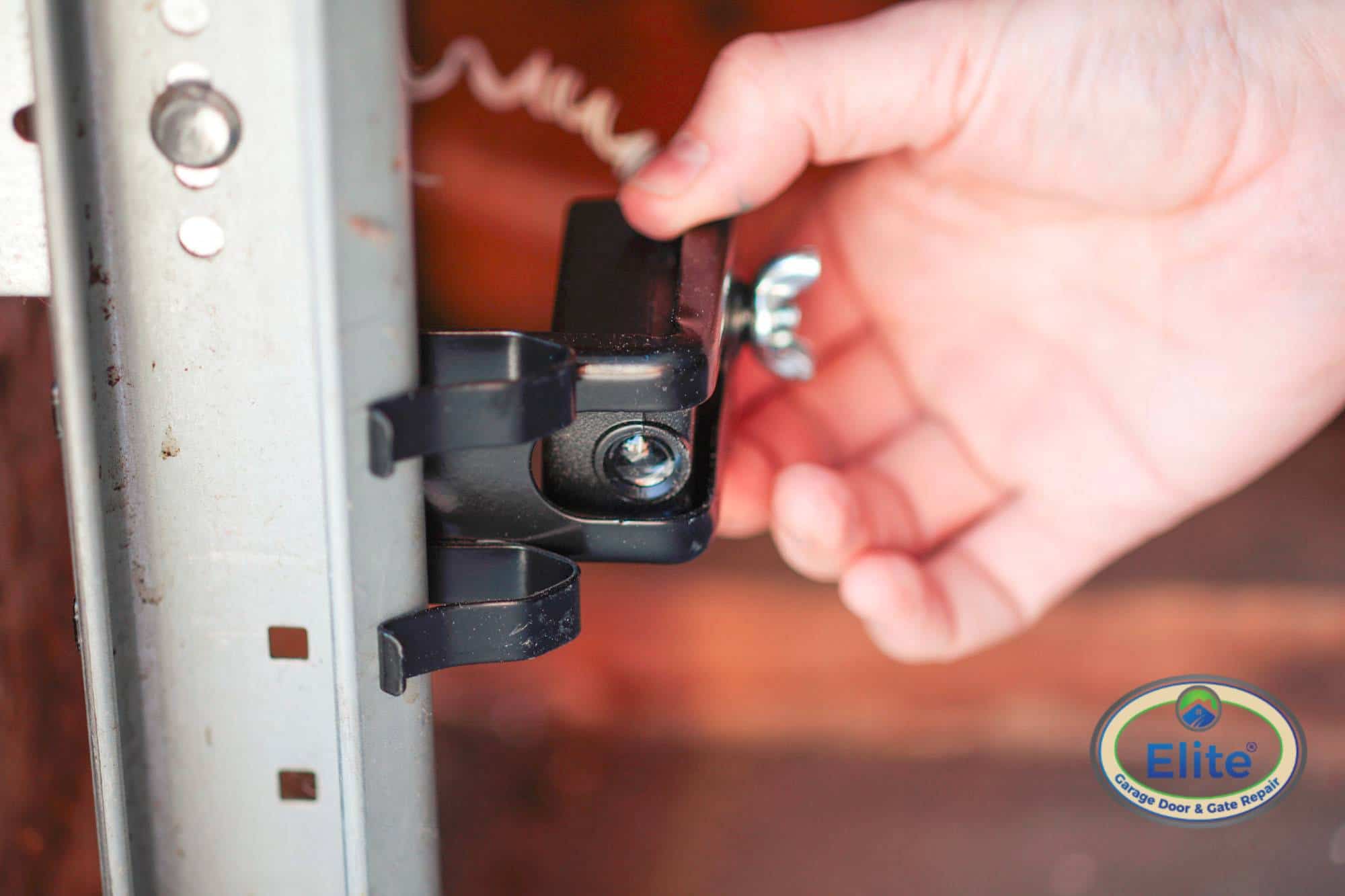
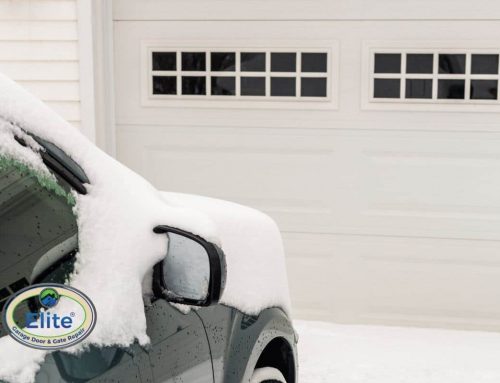
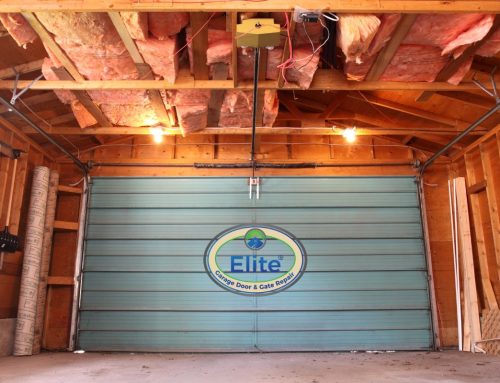
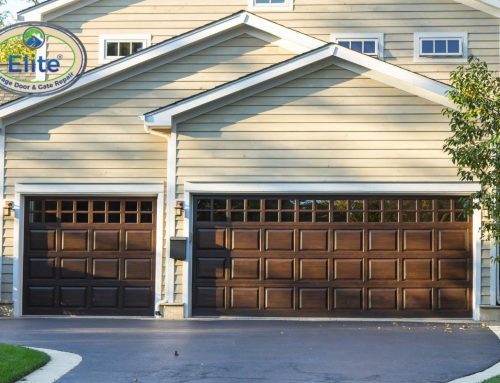

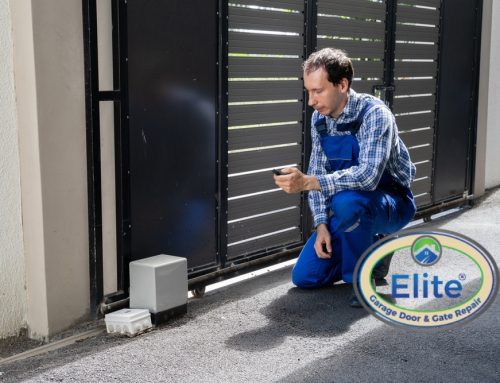
Leave A Comment